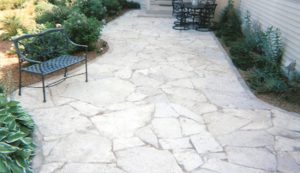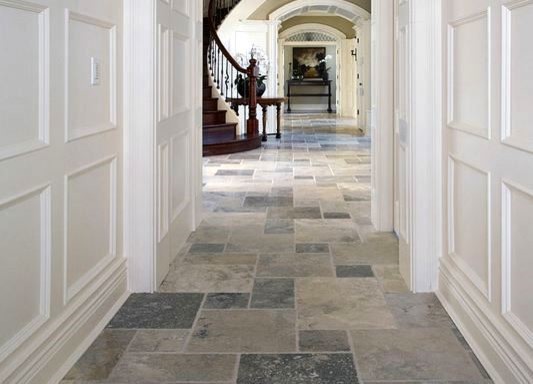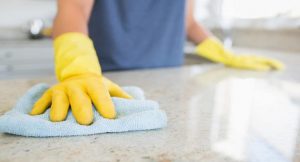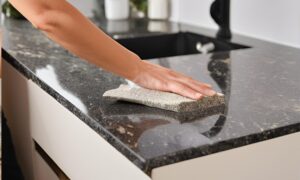How to Clean Limestone | Limestone Stain Removal Tips
Removing the stain from your limestone may sound daunting, but limestone is actually very easy to care for making it a great choice for kitchen worktops, bathroom tiles and flooring indoors and out. Ideally, limestone should be professionally sealed. As well as making it easier to clean and care for, this ensures that no bacteria or dirt can get trapped on the surface of the stone and reduced the chance of scratches and stained areas.
How to Clean Limestone
Learning how to clean limestone is as simple as starting with soap and water. Limestone is waterproof, heat resistant and impervious to most scratches and stains once it has been sealed. As a result, most day-to-day limestone stain removal and limestone cleaning can be accomplished with a damp cloth. Wipe up spills immediately, and wipe down your worktop regularly or mop your floor to pick up dirt and bring up the gloss.
Limestone Maintenance Tips
Don’t Chop Food Directly on Your Limestone Worktop
Limestone cleaning can be minimised by following a few simple maintenance tips. Calcium carbonate is often used in indigestion tablets, so it’s certainly not harmful and sealed limestone worktops are food safe, so by all means roll out your pastry on your limestone kitchen worktop. However, using a sharp knife on stone isn’t good for either knife or worktop – the knife will blunt more quickly and the stone work top may develop a dull patch as tiny scratches accumulate over time.
Never Use Harsh Cleaners on Limestone
Limestone can also be damaged by the strong chemicals in harsh cleaners. Instead of reaching straight for the bleach, start with a damp cloth. A small amount of washing up liquid is designed to get rid of grease and food marks, so is a great next step.
Use a Specialist Limestone Stain Removal Cleaner
If you want to bring your stone back to it’s as-new high-gloss finish, a limestone stain removal specialist polish is key. These are specially formulated for limestone cleaning to enhance the look of the stone without damaging it. Most people find they don’t need to apply the polish often as the limestone stays looking great without it, but for special occasions you may want to go that extra mile.
If you need help choosing a specialist stone polish, speak to one of our friendly experts for advice.
How to Clean a Limestone Patio
 A limestone patio is a great choice for your garden path or wider garden. Limestone tiles are often pale, and may become discoloured or dirty, particularly during the winter when they’re less used. Start by sweeping or vacuuming away any build up of dirt and leaves, then use a stiff brush to firmly sweep mild soap across the surface. If this doesn’t have the effect desired, you may wish to hire a pressure washer or use a specialist stone cleaner.
A limestone patio is a great choice for your garden path or wider garden. Limestone tiles are often pale, and may become discoloured or dirty, particularly during the winter when they’re less used. Start by sweeping or vacuuming away any build up of dirt and leaves, then use a stiff brush to firmly sweep mild soap across the surface. If this doesn’t have the effect desired, you may wish to hire a pressure washer or use a specialist stone cleaner.
Dealing With Years of Neglect
If you’ve just moved into a property, you may be dealing with a limestone worktop, floor or tiles that haven’t been properly cared for. In this case, a specialist cleaning and renovation service may be your best choice as they will have access to specialised cleaning products and equipment that you just can’t buy in the supermarket. If you need to repair or replace your Limestone worktop, flooring or other home feature, you can view our premium range of Limestone or speak to one of our natural stone ex perts.
If you prefer the DIY route, expect to need several goes at the project as you take layers of dirt off. Start gently, with soap and distilled water and upgrade to a specialist stone cleaner if required. Limestone is unlikely to be damaged by scrubbing but it can be harmed by harsh chemical cleaners.
To find out more limestone floor cleaning tips discover our blog post here on “How to Clean Natural Stone Flooring”






